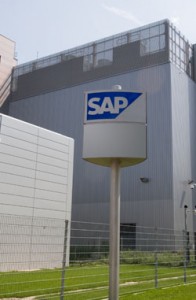Retail giant Harvey Norman has advertised for two senior executives to drive the SAP-based transformation of its merchandising system. But neither will report to the company’s chief information officer.
According to the AustralianIT, Harvey Norman chief operating officer John Slack-Smith said in mid-2009 that the project will see more than 200 stores and around 15,000 users migrated to SAP, and would be “very complex”. About $5.2 million was spent on a scoping study for the project in the previous financial year.
Harvey Norman last week advertised for a program director to oversee the business transformation initiative, which was kickstarted early this year.
“This program will be founded on the SAP IS Retail solution and is designed to transform Harvey Norman’s operations and elevate its dominant position within the retail sector in Australia, New Zealand, and Ireland,” the advertisement states.
However, instead of reporting to Harvey Norman’s CIO, who appears from the group’s annual report to be Leslie Greeff, the new executive will report directly to Slack-Smith, although the ad noted there would be a “close association” with the CIO.
Likewise, the second role of senior program manager, will report to the program director.
The retailer’s current CIO Greeff was appointed to the company on March 1 2009, according to its annual report, with the previous CIO Marshall Stephen having resigned on 28 February 2009 — less than a year after he stepped on board, following the departure of his predecessor Kaine Escott to run his own Harvey Norman franchise.
It is believed that Escott was Harvey Norman’s first chief information officer, with the retailer’s chairman Greey Harvey not having previously been convinced of the need for a substantial dedicated IT function, due to the company’s franchise nature.
However, other retailers such as Coles and Woolworths have invested substantial sums in their merchandising platforms.
In mid-February, for example, Coles said it was “driving” the revamp of its supply chain and associated IT systems “harder” as it rolled out automatic stock replenishment systems across the nation.
Image credit: SAP

